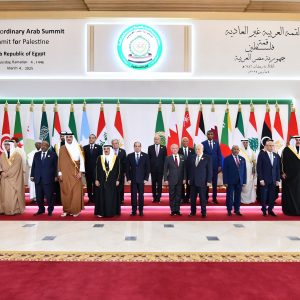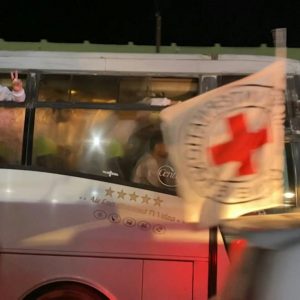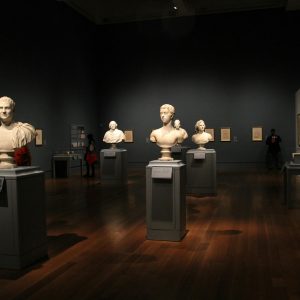28 years since Ibrahimi Mosque massacre
HEBRON, PALESTINE – FEBRUARY 25: On Feb. 25, 1994, during the dawn prayer, hundreds of Palestinians were attacked in mass shootings and bombings at the Ibrahimi Mosque in Hebron. The gruesome attack left 29 worshippers dead and dozens of others wounded.
It’s been 28 years since then, but Palestinians in the West Bank city of Hebron still live under many Israeli restrictions.
Following the incident, the Israeli authorities imposed military rule on the Old City of Hebron, which affected the religious, social and economic life of the people there.
Palestinians say the attack was planned by a group of Jewish settlers with indirect assistance from the Israeli army, which was not at the scene during the massacre.
Muslims attach great value to the Ibrahimi Mosque, as they believe it was built above the tomb of Prophet Ibrahim (Prophet Abraham).
Jewish settlers also revere the place, as they call it the Cave of the Patriarch due to their belief that the tombs of Prophet Abraham and his wife Sarah are located in a cave below the mosque.
After the massacre, 60% of the total area of the mosque was converted into a Jewish synagogue protected by metal barriers and military barracks.
Horrible reality
Batoul Baddad was 20 when she visited the Old City of Hebron in 2015 for the first time, where she passed several military checkpoints to reach the mosque to pray.
Hailing from Jenin in the north of the West Bank, Baddad lived for many years in Hebron as she was a medical student there.
“It was shocking to me. I didn’t realize that praying there was so complicated and even my medical equipment may be considered security-related, particularly when I was going to pray after my training at a radiology clinic near the Old City,” she told Anadolu Agency.
Baddad, who is now a radiologist, said that having to pass through military checkpoints to pray is a grave insult against her right to religious freedom. She recalled how she understands day by day the horrible reality in the Old City of Hebron since it is isolated socially and economically.
“You can feel the sadness of the place . . . most of the roads are empty and the shops are closed. As a Palestinian, you walk next to a settler on the same street. He feels safe and you feel threatened all the time,” she said.
Palestinian NGO Youth Against Settlements estimates that the Israeli measures in the heart of Hebron have caused the closure of all 1,800 shops in the Old City, 530 of which were closed on orders from the Israeli army.
According to the NGO, there are about 800 Israeli settlers living in the heart of Hebron in five settlement outposts. At least 400 settlers permanently reside in the Old City in addition to 300 who study in a religious school.
At the main entrance of the mosque, there is another military checkpoint where soldiers check the identities of worshippers.
“The intense military presence there aims to make us scared. You feel danger in a place where you go to feel comfort and reassurance,” Baddad said.
The Hebron Protocol, which Israel and the Palestine Liberation Organization (PLO) signed in 1997, divided the city into two areas: H1, which constitutes about 80% of the city’s residential area in which the Palestinian Authority assumes its responsibilities, and H2 in which Israel retains all powers and responsibilities, including over the Ibrahimi Mosque and the Old City.
Israel exercises direct control over 20% of Hebron known as the H2 area, which is home to some 33,000 Palestinians.
According to the Hebron Protocol, H1 is controlled by the Palestinian Authority. All security arrangements and travel permits for residents are coordinated between the Palestinian Authority and Israel via the military administration of the West Bank.










